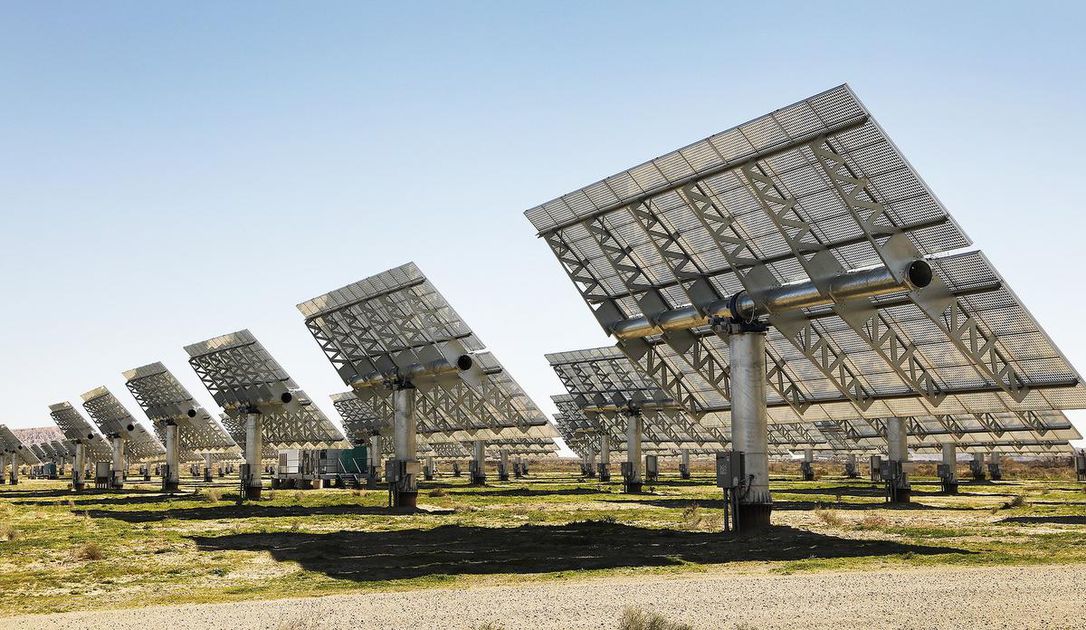



 June 18, 2019
Toronto Star
June 18, 2019
Toronto Star
| Global | energy: future

Bloomberg NEF predicted that renewables will power almost half of global electricity by 2050 as solar, wind, and storage costs continue to decrease. Hydro, nuclear, and other renewables (geothermal, wave/tidal, and fuel cells) will be 21%. With more than $13 trillion in investment, by 2050 Europe will reach 92%, China and India 67%, and the US 43%.

